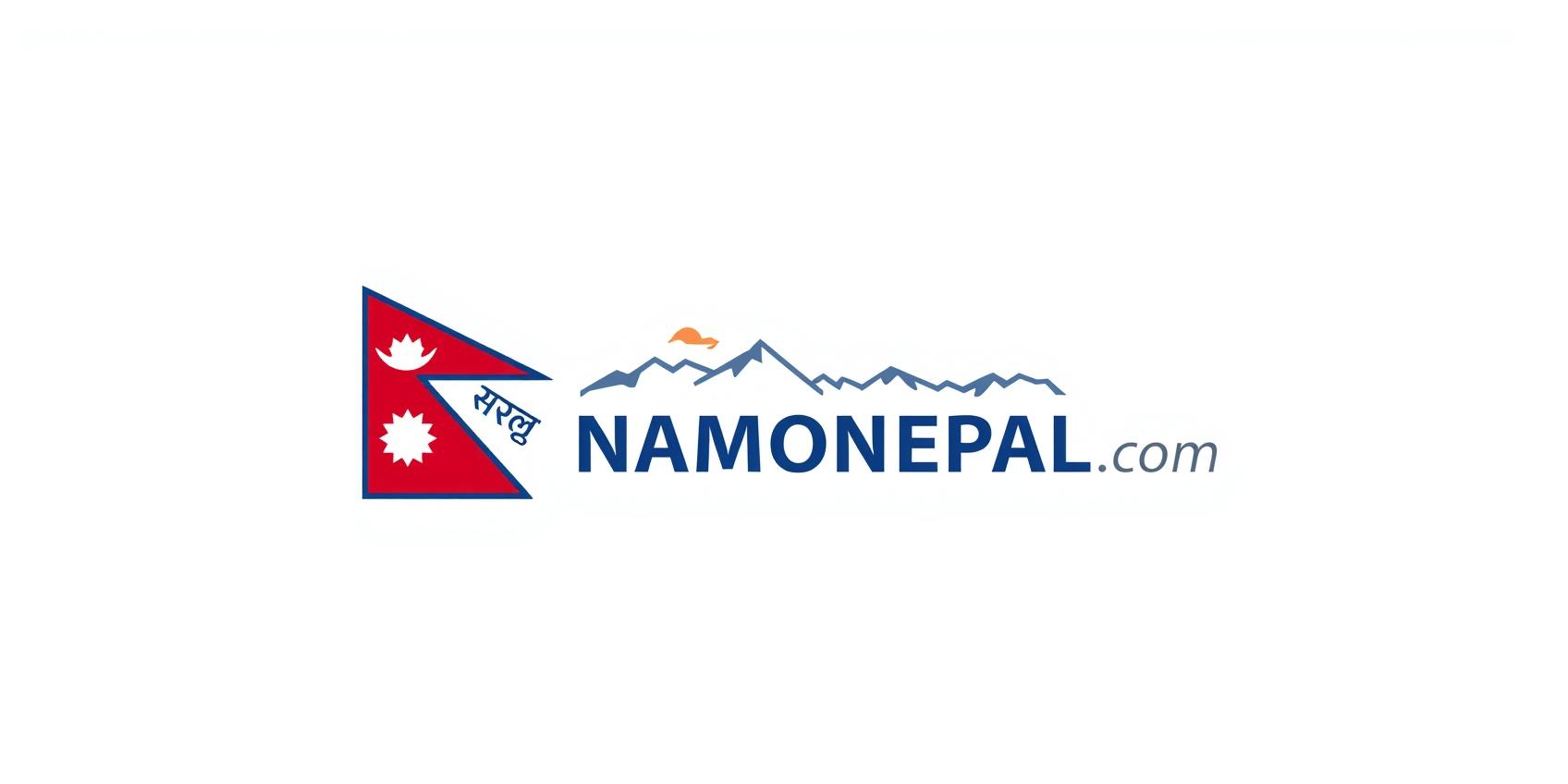Essential Money & Currency Guide for Nepal Visitors
Navigating money matters in Nepal is an important part of a seamless travel experience. Nepal’s official currency, the Nepalese Rupee (NPR), offers familiar denominations alongside unique customs around cash and card usage. This guide helps you understand currency exchange, ATM accessibility, payment methods, and practical money tips for travel.

Why Understanding Nepalese Currency Enhances Your Trip
Convenience, Safety, and Savings
- Prepare ahead to avoid currency confusion and unfavorable exchanges.
- Use Nepal’s widely accepted cash and increasingly available card payments.
- Learn how ATMs function, their limits, and where to find them.
- Maximize your budget by knowing fees, denominations, and money handling tips.
1.6
NPR is pegged to 1 INR
1 to 1000
Banknotes in NPR
1, 2, 5, 10
Common NPR coins
22
ATMs per 100,000 adults
What Is Nepalese Rupee (NPR)?
History, Denominations & Exchange
The Nepalese Rupee (NPR) has been Nepal's official currency since 1932, issued by Nepal Rastra Bank. It uses symbols like रु or Rs and divides into 100 paisa, though paisa coins are rarely used today. Banknotes come in 1, 2, 5, 10, 20, 25, 50, 100, 250, 500, and 1000 rupee denominations, with distinct colors and sizes to aid recognition.
The NPR exchange rate is tightly pegged to the Indian rupee, offering stability to trade and tourism. Travelers should watch for official versus private exchange rates, and avoid black market conversions. In cities like Kathmandu and Pokhara, Nepalese Rupees are widely accepted, but cash remains king in remote areas.


Using Cash and Cards in Nepal


Currency Exchange & Money Handling Tips
- Use official banks or licensed exchange counters for currency conversion.
- Avoid exchanging large sums on the black market despite better rates.
- Know Nepalese Rupee denominations to spot counterfeit notes.
- Keep money safe and split cash in different places.
- Check your home bank’s foreign ATM fees.
- Use multiple cards if possible to avoid declined transactions.
Licensed Exchange
ATM Fee Awareness
Safe Cash Handling
Currency Recognition
Card Security
Traveling with Money in Remote Areas
In remote trekking and rural areas, cash is essential. Some guesthouses accept cards, but never rely solely on plastic. Plan withdrawals in major towns before trekking, and carry sufficient cash in small bills for daily expenses and tips.

Understanding Nepal’s ATM Network and Limits
How and Where to Access Cash
ATM Availability
ATM density is growing, mainly in Kathmandu, Pokhara, and regional hubs. Always withdraw cash upon arrival.
Withdrawal Limits & Fees
Limits are usually NPR 10,000 to NPR 35,000 per transaction, with fees from NPR 400 to NPR 500 per withdrawal.
Reliability Tips
ATM downtime and cash shortages are common. Use ATMs in bank branches or dedicated ATM lounges for better reliability.
Over-the-Counter Cash
Banks support over-the-counter withdrawals with international cards, but this requires identification and patience.
Manage Your Money Smartly During Your Trip to Nepal
With knowledge of Nepal’s currency, ATM access, and payment methods, you can travel confidently and enjoy your time without money worries.
Quick Nepal Money Guide
Here’s what to remember:
- Nepalese rupee (NPR) is Nepal’s official currency
- Carry cash especially for rural travel
- ATMs available mostly in major cities
- Card fees can add 4-10% to purchases
- Avoid black market currency exchange
- Use multiple cards for backup
Money, Currency & ATMs in Nepal – FAQs
All you need to know about managing money safely and easily in Nepal.
Prepare Your Money Matters for Nepal Travel Today
Equip yourself with currency knowledge and withdrawal tips to keep your Nepal journey smooth and stress-free.

